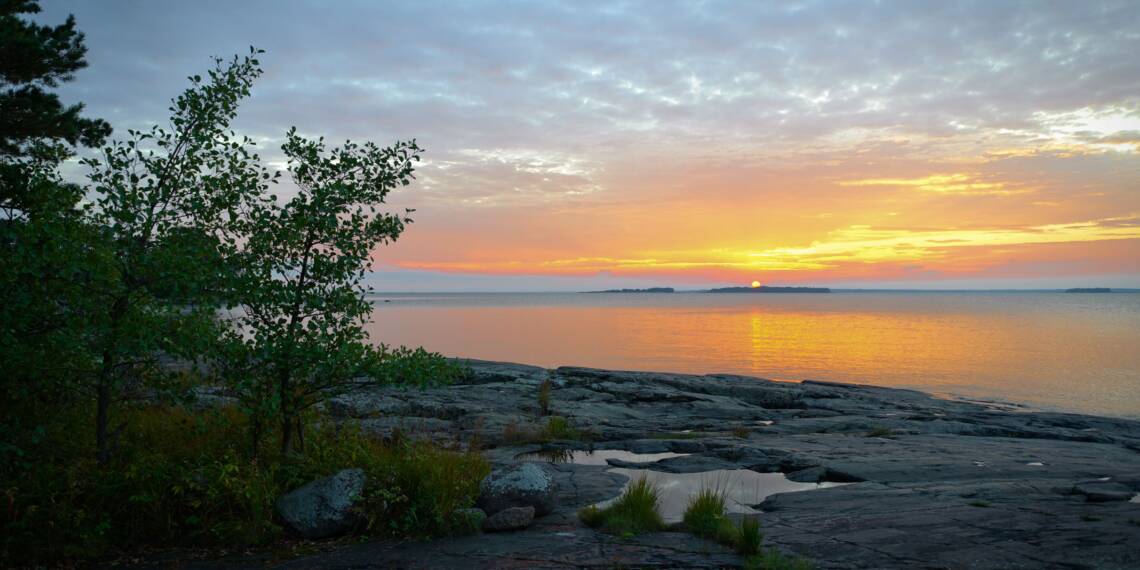
Ghost nets, treasures of the seabed, and long-term efforts for the good of the Baltic Sea! Marine researchers get to see the Baltic Sea from a completely different perspective in their work and now share fascinating details in these articles.
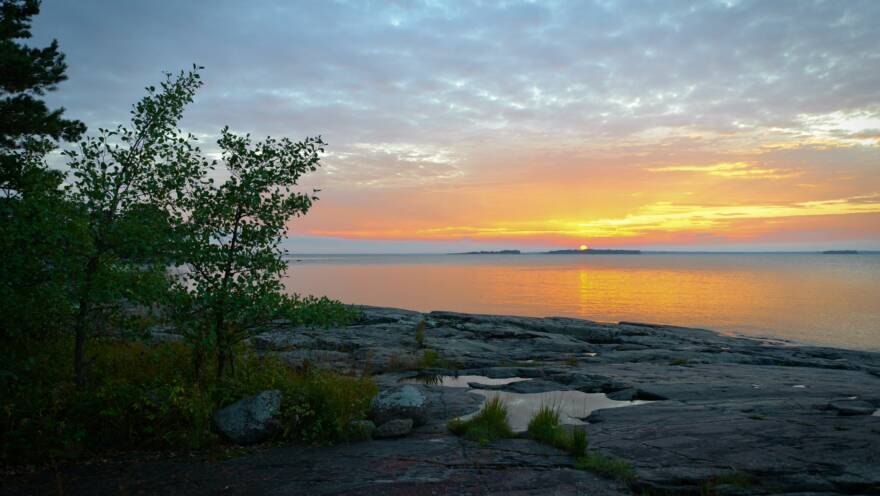
Where does the money for marine research come from?
Marine research provides information on the state of the Baltic Sea and its changes, as well as on the protection and utilisation of natural resources. It also provides information about the measures aimed at maintaining or improving the state of the sea.
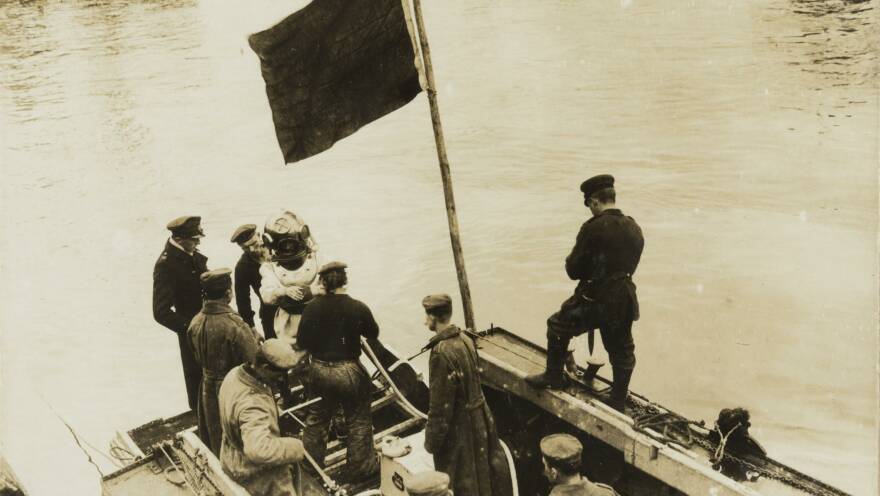
The history of maritime archaeology
Shipwrecks have always interested people throughout time. For a long time, wrecks were seen as recyclable materials and not as historical objects of research. Although rescue operations have been carried out on shipwrecks and sometimes even looting, the boundary between these two activities has sometimes been a bit vague.
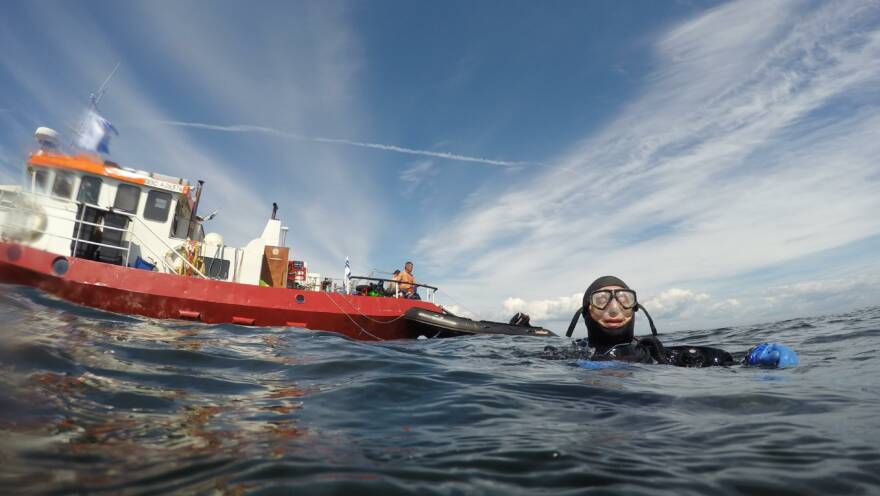
Marine archaeology as a hobby
Finnish sea areas offer endless exploration for divers engaged in marine archaeology. In the Baltic Sea, the wrecks of wooden ships survive for up to hundreds of years even after the ship sank. Recreational divers are active throughout Finland, especially in coastal areas. Both wrecks and diving enthusiasts can also be found in the inland waters of our country.
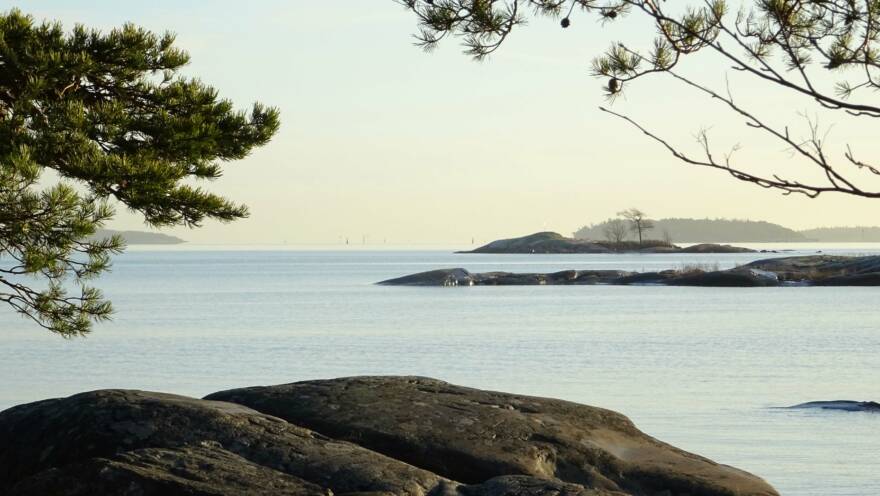
The Baltic Sea produces benefits for people
Humans have been exploiting the Baltic Sea for hundreds, if not thousands of years. The Baltic Sea offers us many benefits, such as food and possibilities for recreation. It also brings us benefits that are harder to see, like climate regulation, which occurs by binding carbon within the bottom sediments. All such benefits from the Baltic Sea and the rest of nature are known as ecosystem services.

Mapping and monitoring the sea areas of Åland
Various mapping projects are being carried out to create a reliable foundation for the protection of marine areas, the management of Åland's waters, and the planning of various activities, as well as their possible exploitation in sea areas.
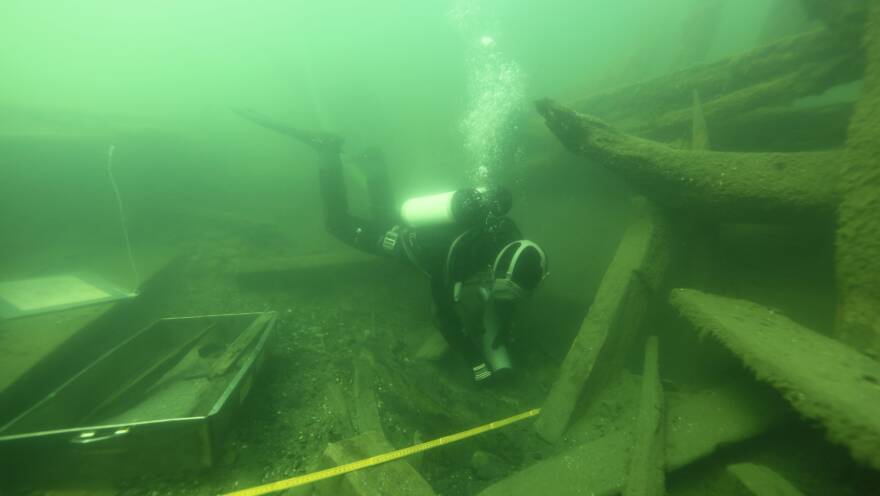
Archaeologically researched wrecks in Finland
Field surveys are conducted annually at several sites. Invasive surveys, such as excavations, are only carried out after much consideration.This perspective text presents ten interesting archaeologically researched wreck sites in Finland. All of these shipwrecks have been the subject of research for several years and have provided new insights into life at sea over the centuries.
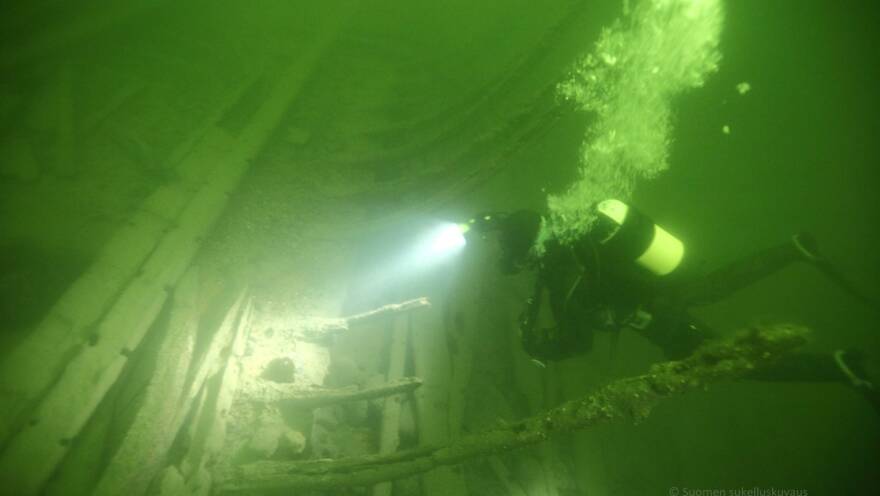
The Baltic Sea – a treasure trove for underwater cultural heritage
The dark, cold, and gloomy Baltic Sea – could it be a treasure house for anyone? Yes, it could! Globally speaking, the Baltic Sea can be considered a treasury of underwater cultural heritage, as well as an underwater museum.
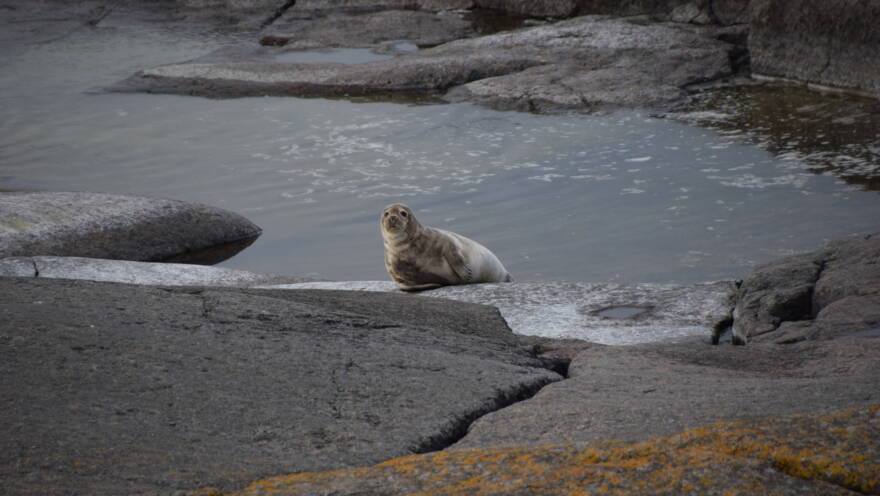
Hunting and fishing in the Åland Islands in olden times – the first inhabitants were seal hunters and fishermen
Seal hunting and fishing attracted the first people to Åland from the east over 6,000 years ago. It is believed that they first came to hunt and fish seasonally before settling in the Åland islands on a permanent basis.
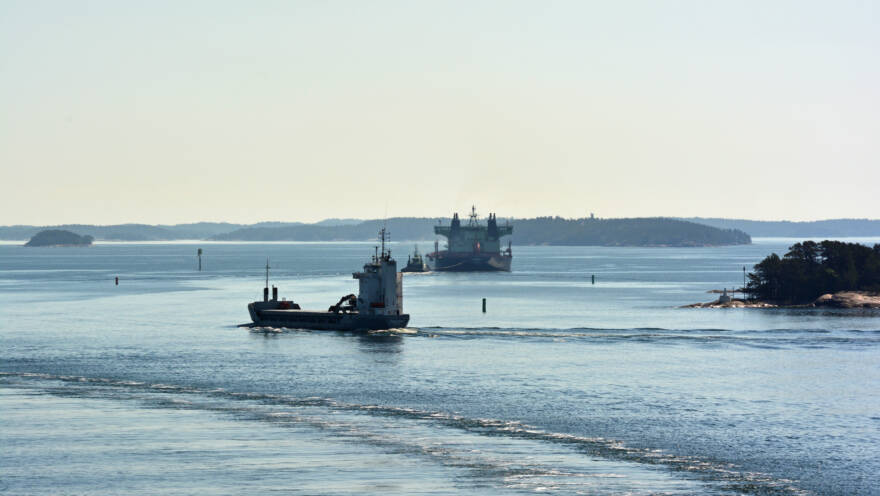
The special importance of the shipping industry for the Åland Islands
Although the people of Åland have long sailed around the Baltic Sea for trade, shipping in the Åland Islands did not start properly until after the end of the Crimean War in 1856.
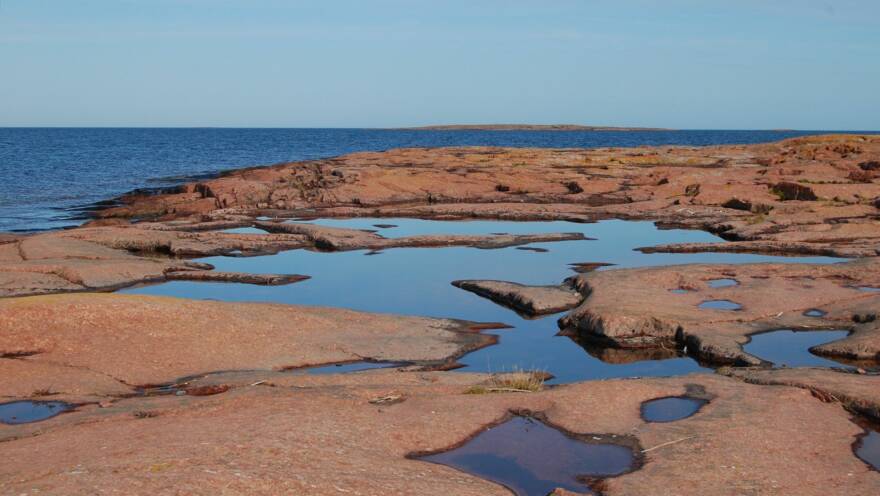
Åland – a self-governing island state
Åland is an autonomous part of the Republic of Finland. That is why the Åland Islands have their own parliament (the Åland Provincial Assembly) and government (the Åland Provincial Government). Such self-governance gives the people of Åland the right to make their own laws.